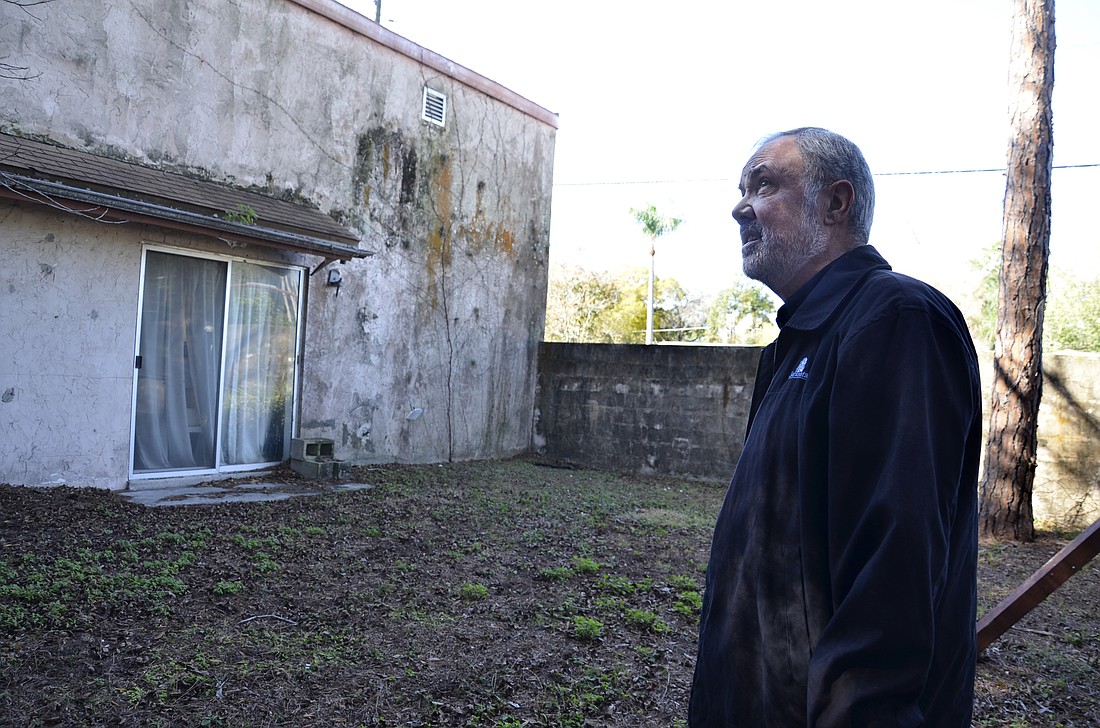- April 27, 2024
-
-
Loading

Loading

Since the recession, the code enforcement department has received increased complaints of issues such as abandoned properties and yard overgrowth. In an average month, Sarasota County’s 11 code enforcement officers respond to 184 complaints.
However, the county’s officers don’t only deal with complaints they receive. Although call-ins and reports are the top priority, officers are supposed to keep their eyes out for other violations in their areas that have gone unreported.
The officer-to-area ratio depends on the area, Murphy said. Some areas may be smaller and have more complaints, and those kinds of areas might need their own officer, such as Siesta Key.
“With code enforcement, there’s a fine line between compliance and over-aggressive to where you’re intrusive,” Murphy said.
Murphy said he’d like to add one or two more officers to the staff, but that that’s not likely. The division’s budget comes out of the county’s general fund, which is generated by the ad valorem tax. The millage rate has remained steady for 7 years, and the staff level for code enforcement has followed suit.
“People say they want more code enforcement, but do they want to pay more taxes for them?” Murphy said. “The county administration and commissioners are happy with the existing staffing levels.”
In fiscal year 2016, however, the division is going to ask to add two administrative employees, at least. Having an extra person or two to take care of paperwork would help the officers be able to spend more time on the road and crack down on violations, instead of being bogged down in the office, Murphy said.
Charles Marchione, one of the supervisors of the Sarasota County Code Enforcement Division, has been working in code enforcement for nine years following a 30-year career as a police officer in both Philadelphia and Sarasota.
Over the years, Marchione said each area of the northern part of the county, which he supervises, has its own personality based on the complaints the division receives — for example, Siesta Key, a resort-like zone, gets illegal rental and noise disturbance calls. Newtown, in contrast, with a more dense urban setting, sees calls on overgrowth and abandoned properties.
But there is a misconception about code enforcement, he says — it isn’t about nitpicking.
“We’re for compliance, not for penalty,” he said.
Code enforcement plays an important role not only in the overall cleanliness of the neighborhood but also in property values and general neighborhood climate. Marchione explained “broken window syndrome”: one broken home window that goes unrepaired can turn the entire neighborhood into a bad part of town as other things get neglected.
Keeping a neighborhood in compliance with code can prevent this kind of degradation and also help reduce crime.
But Marchione stresses they are looking for violations that break code — not just the rules of aesthetics.
“We don’t do ugly,” Marchione said.